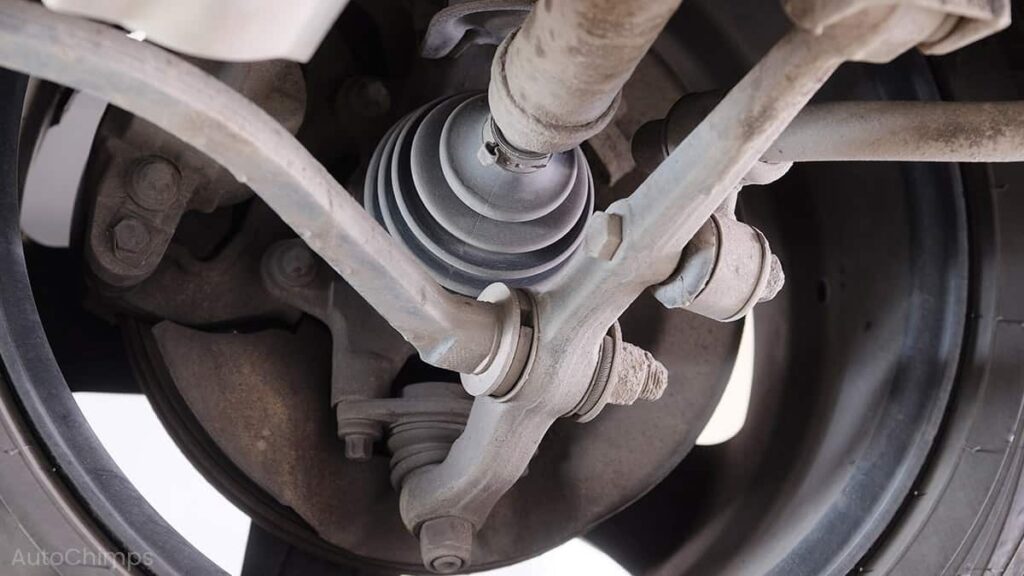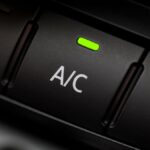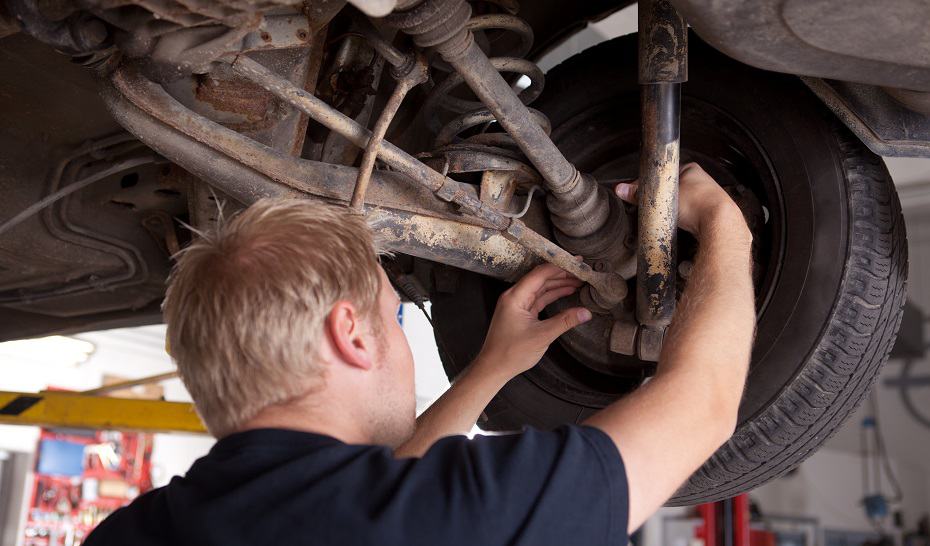
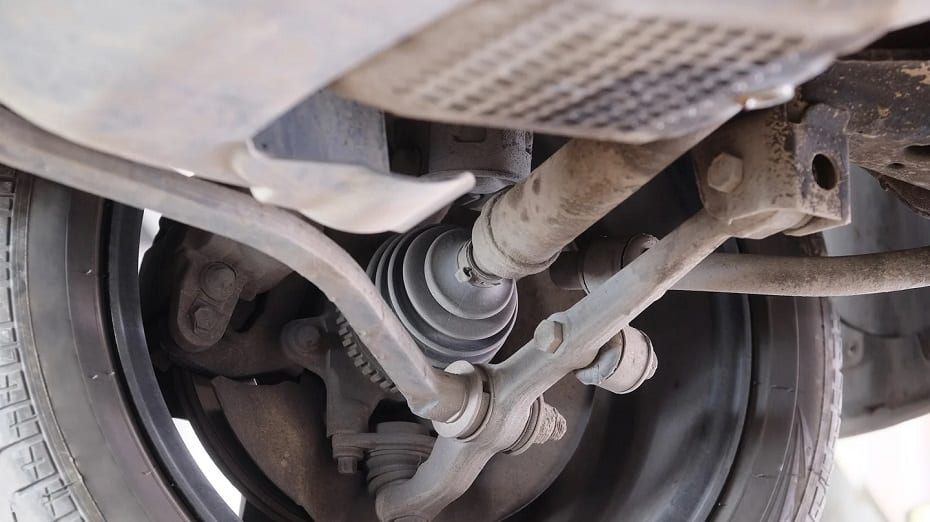
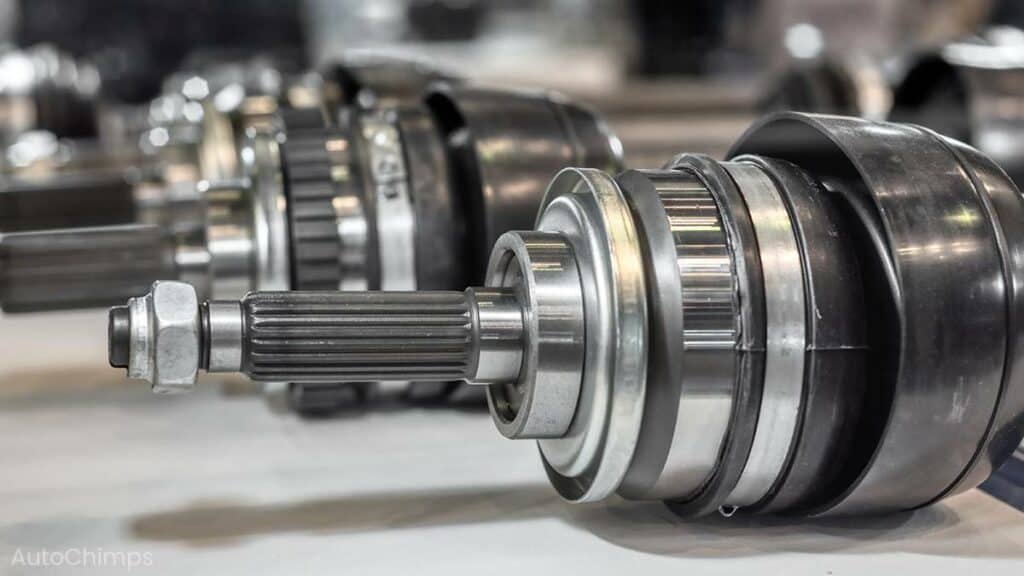
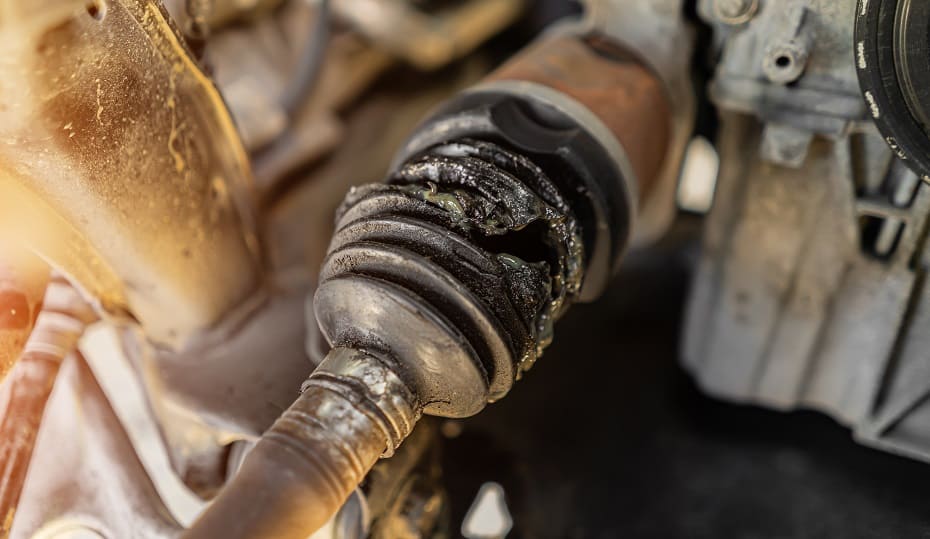
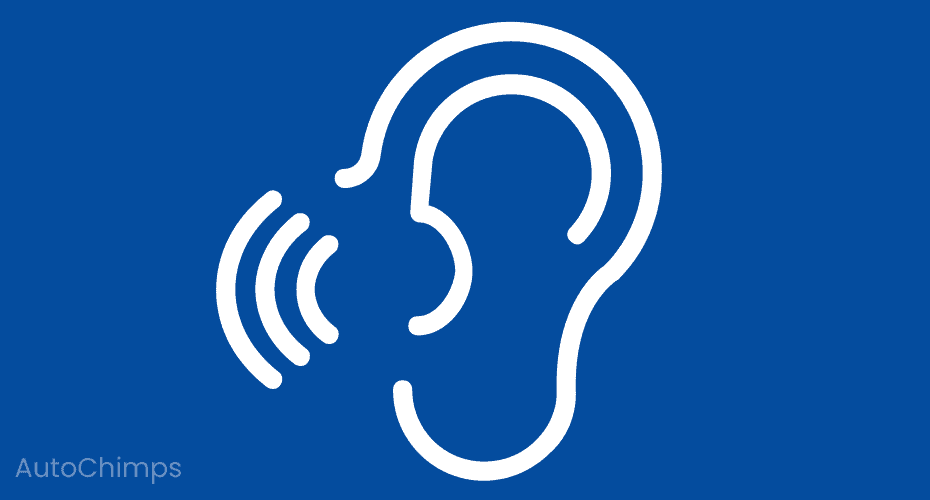
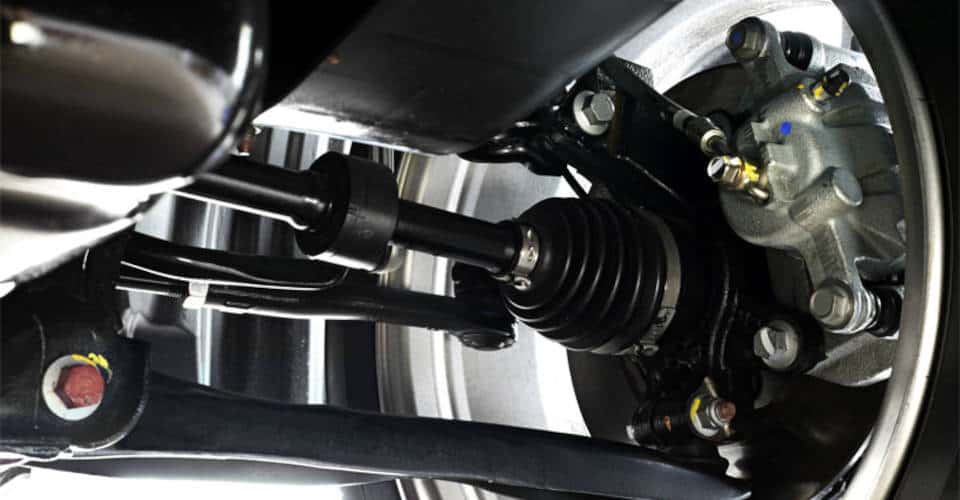

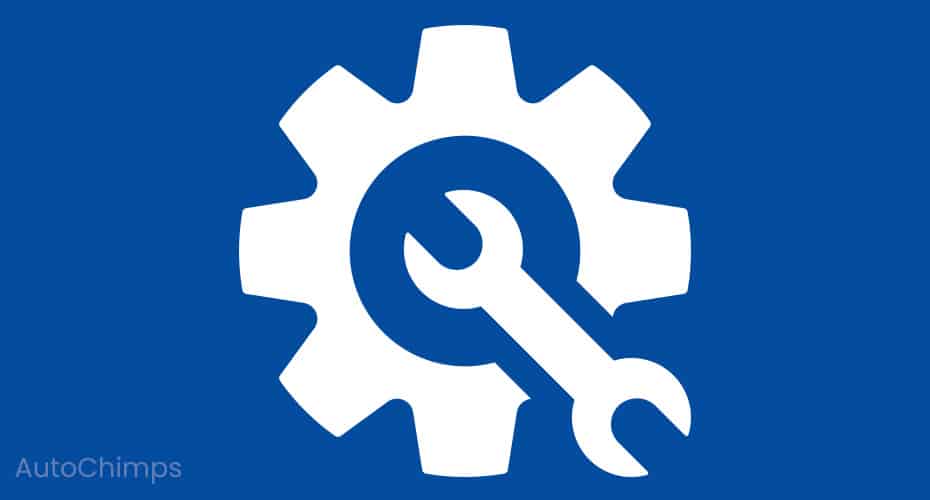

Understanding CV Joint Noises: What They Mean and How to Fix Them
Hearing a weird clicking or clunking sound while driving? That’s a CV joint trying to grab attention. Ignoring it could lead to some serious damage, so it’s best to get it checked out ASAP.
What Is a CV Joint?

Before diving into the sounds they make, let’s break down what CV joints actually do. A Constant Velocity (CV) joint connects the driveshaft to the wheels, allowing for smooth power delivery while the wheels turn and the suspension moves. Each CV axle has two joints: an outer one that connects to the wheel and an inner one that connects to the transmission.
These joints are crucial for maintaining torque to the wheels, especially when navigating turns or bumps. Without them, the ride would be bumpy and unpredictable, like trying to drive a go-kart over a rocky road.
What Do CV Joints Do?
Think of the transmission as the heart of the car, pumping power to the wheels through CV axles. These axles are like two half-shafts working together to keep everything moving smoothly. They allow the wheels to move up and down while still getting that sweet torque from the engine.
If there were no CV joints, hitting a pothole would send shockwaves through the entire vehicle, making it hard to control. Thanks to these joints, the car can handle bumps and turns without losing its cool.
What CV Joints Are Made Of
CV joints are built for flexibility. The outer CV joint, known as a Rzeppa joint, uses ball bearings to allow for movement in various directions while keeping everything spinning at the same speed. The inner joint, or tripod joint, has rollers that enable it to move in and out while rotating slightly.
What Cars Have CV Joints?

Most modern cars, especially front-wheel drives, are equipped with CV joints. They’re also found in the front axles of 4x4s and rear-wheel-drive vehicles with independent suspension. If a car has a driven axle, it likely has CV joints.
What CV Joint Sound Is Your Car Making?

When CV joints start to wear out, the first thing to notice is often a clicking noise. This can also sound like tapping or clunking. These sounds usually pop up when turning or accelerating, but they can occur at any time if the joints are in bad shape.
If the noise is happening while driving straight at low speeds, it’s a sign that lubrication is running low. That’s a red flag for imminent failure, so it’s time to hit the shop.
Other Signs of a Bad CV Joint

Besides the noise, keep an eye out for:
- Grease around the rubber boot
- Grease dripping underneath the car
- Grease on the inside edge of the tire
- Strange vibrations, especially when turning
- Pulling to one side during acceleration
How CV Joints Typically Break

CV joints wear out mainly due to damaged rubber boots. When these boots tear, grease leaks out, and dirt gets in, leading to a quick decline in joint health. Another common culprit is shock loading, which happens when a driven wheel lifts off the ground and then slams back down, putting stress on the joint.
What’s Making That Bad CV Joint Noise?

If the bearings inside the CV joint are hitting metal, that’s a sign of trouble. Lack of grease means metal is grinding against metal, which is never good. If dirt and debris get in, they can cause rapid wear and tear.
Can You Drive With a Broken CV Joint?

Driving with a faulty CV joint is a risky move. If the noise is severe, it’s best to pull over and call for help. A complete failure means power won’t reach that wheel, which can throw everything off balance and lead to more damage.
How to Fix a Bad CV Joint Noise

Fixing a CV joint is best left to the pros. It’s a tricky job that often requires a full replacement. If the rubber boot is the issue, a simple fix might involve replacing it and adding grease. But if the joint itself is damaged, a new CV axle is usually the way to go.
How Much Does It Cost to Fix a CV Joint Noise?

Replacing a rubber boot generally won’t break the bank, costing around $100 total. But if a new CV axle is needed, expect to pay between $350 to $500, including parts and labor.

